Slipped Knots
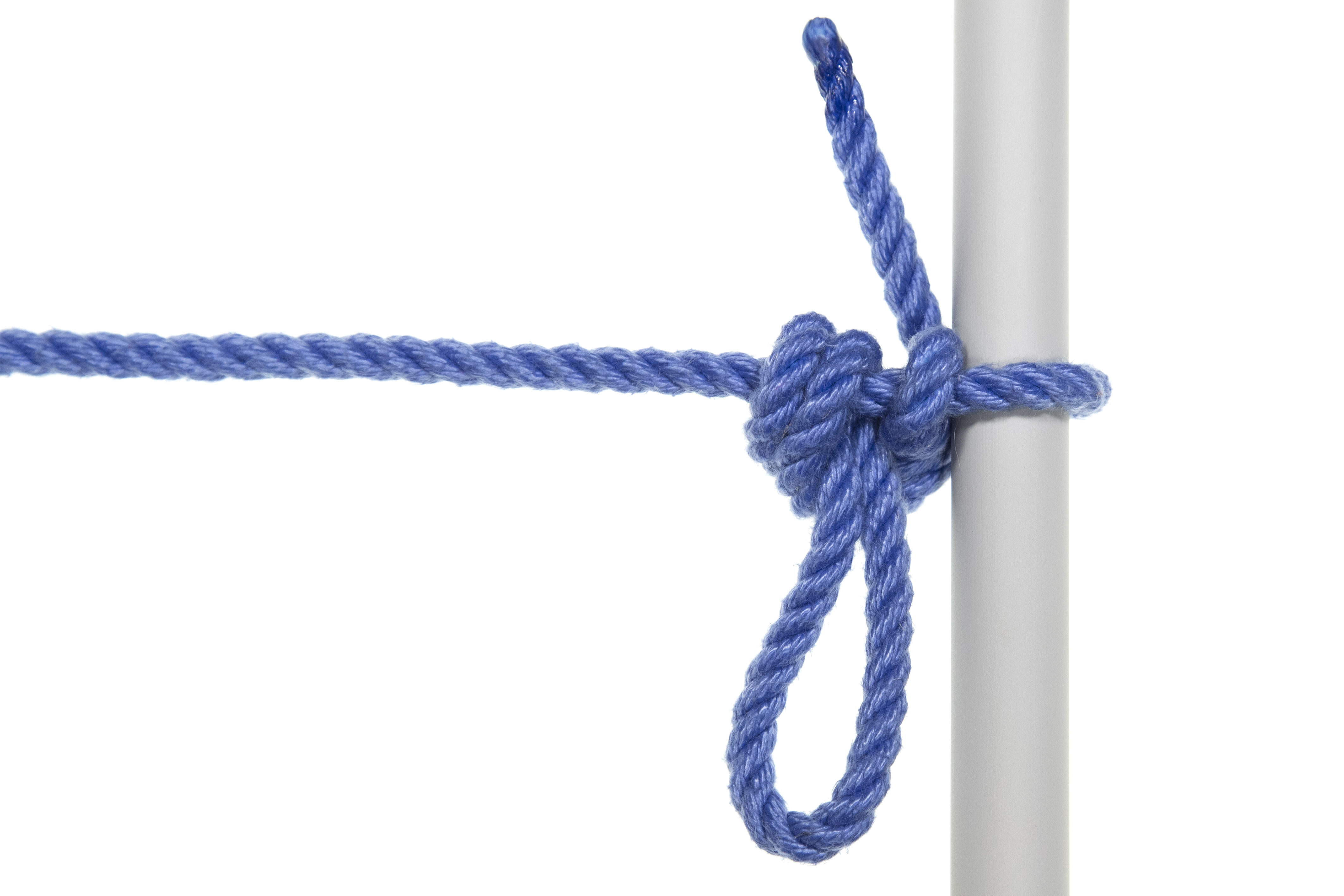
Slipped knots are modified versions of standard knots that are easier to untie. The usual way to slip a knot is to tie a half hitch in a bight of the rope rather than in the rope itself.
Slipped Knots
Standard two half hitches
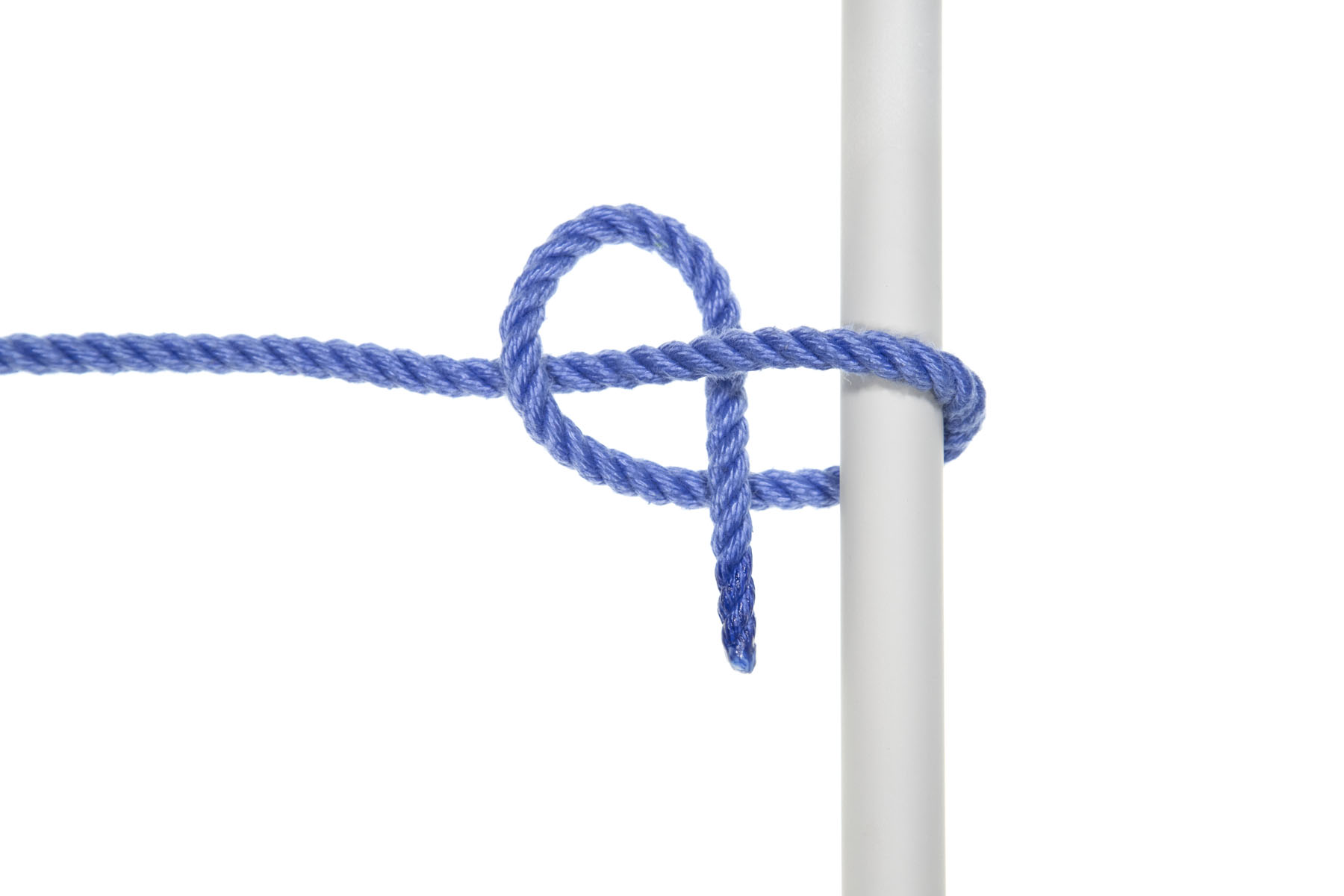
1Make a 180° turn around the pole.
Tie a half hitch around the standing part.
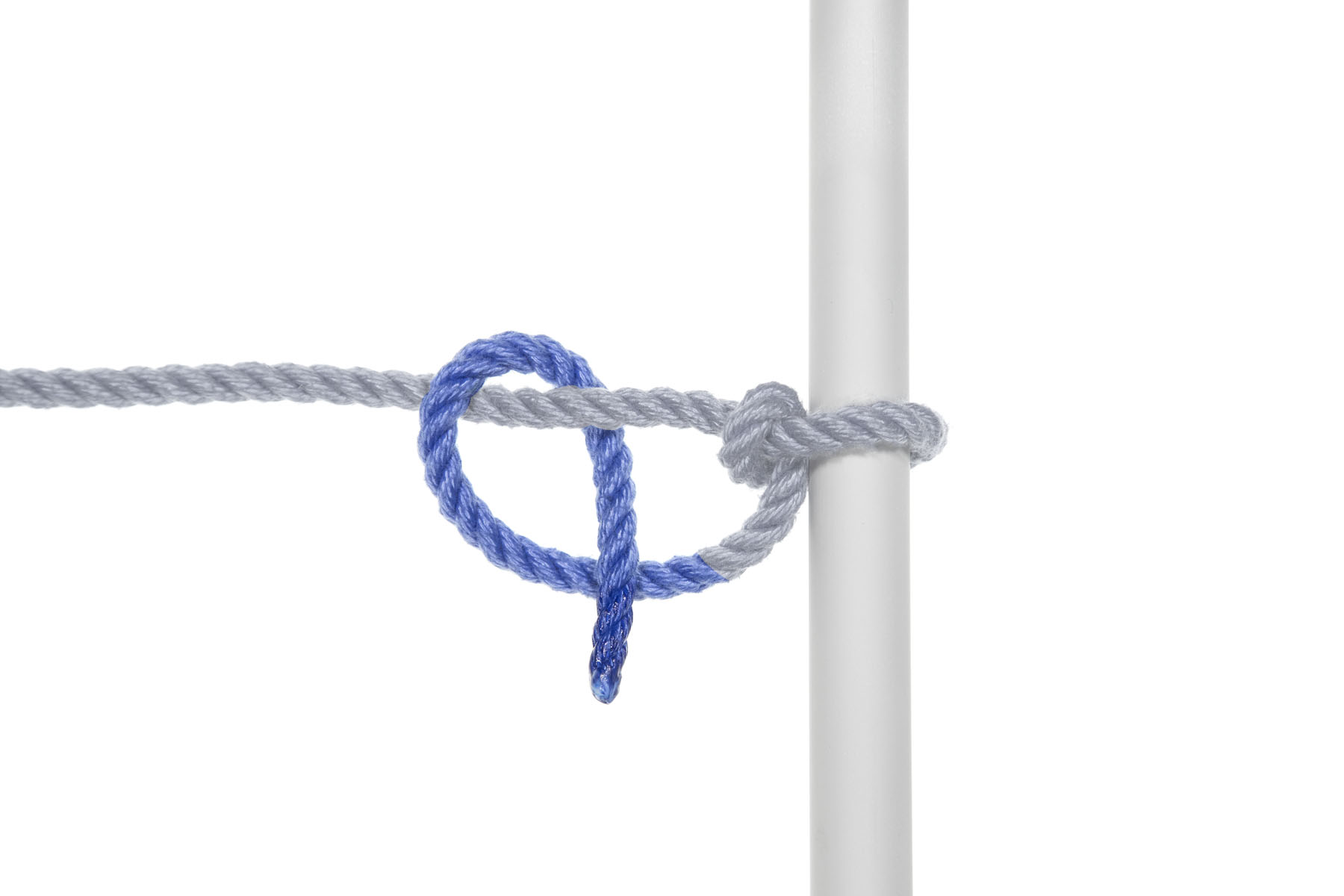
2Snug the first half hitch tight against the pole.
Tie a second half hitch around the standing part.
Slipped two half hitches
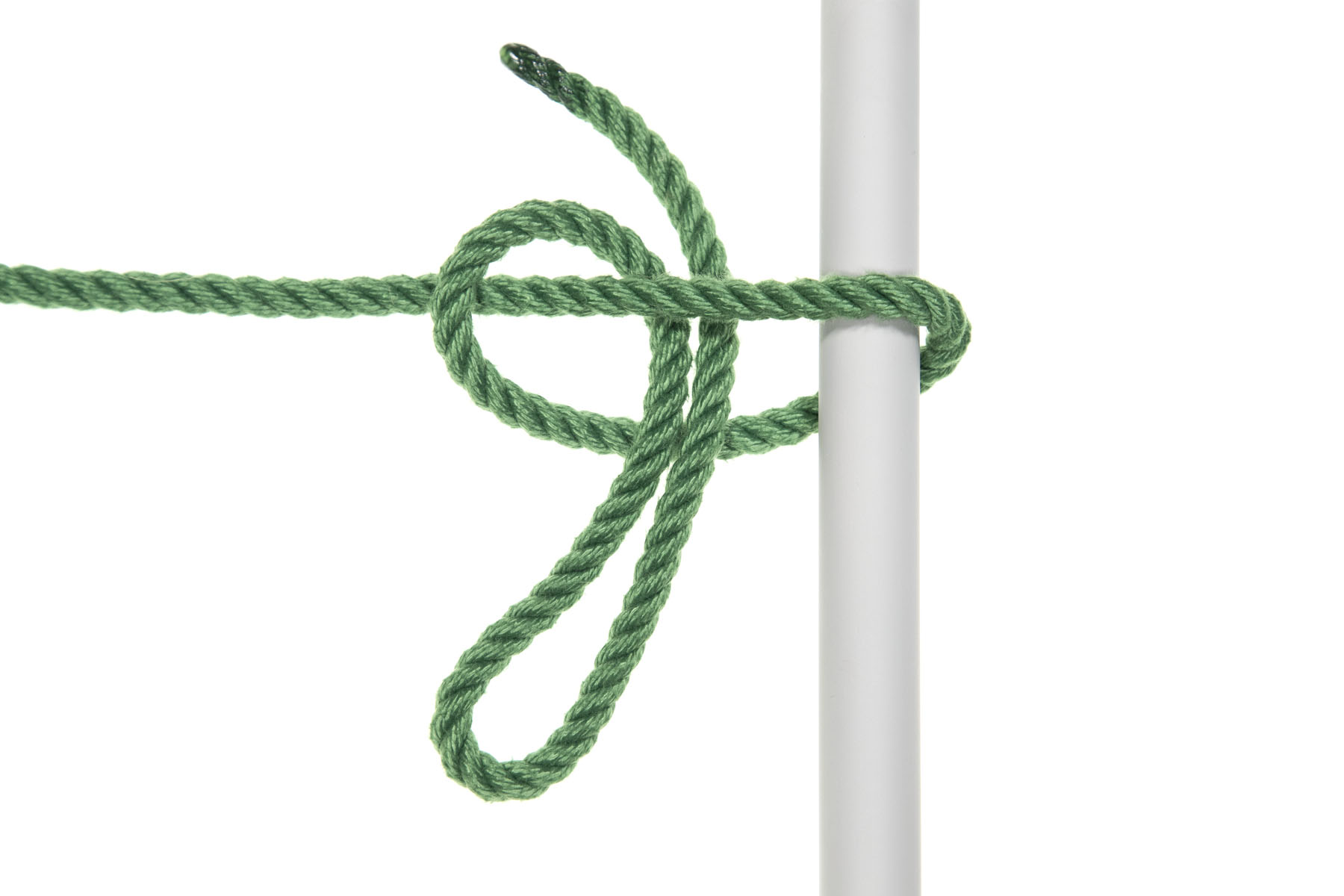
1Make a 180° turn around the pole.
Make a long bight in the working end and tie it in a half hitch around the standing part.
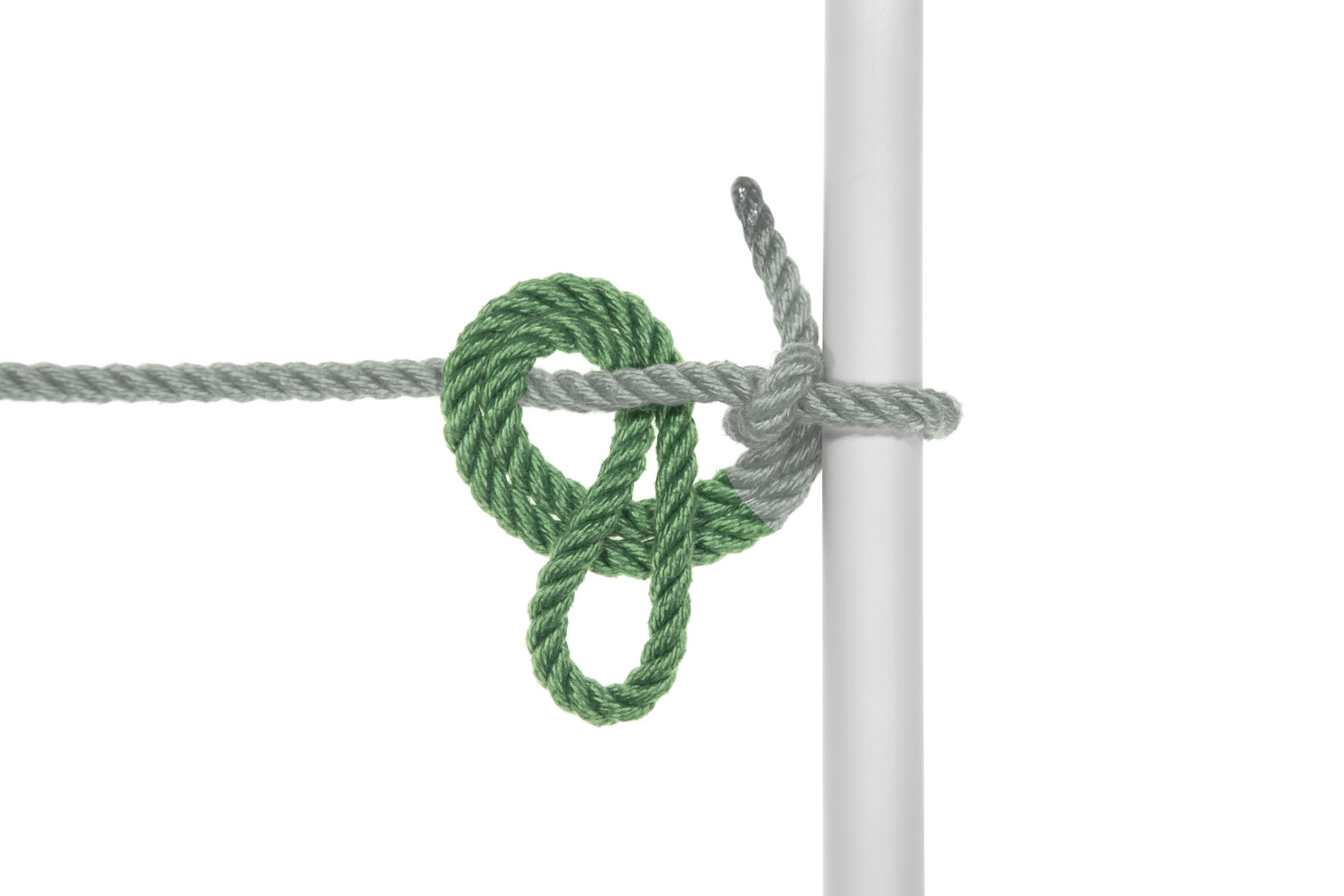
2Snug the first half hitch tight against the pole.
Tie the bight in another half hitch around the standing part.